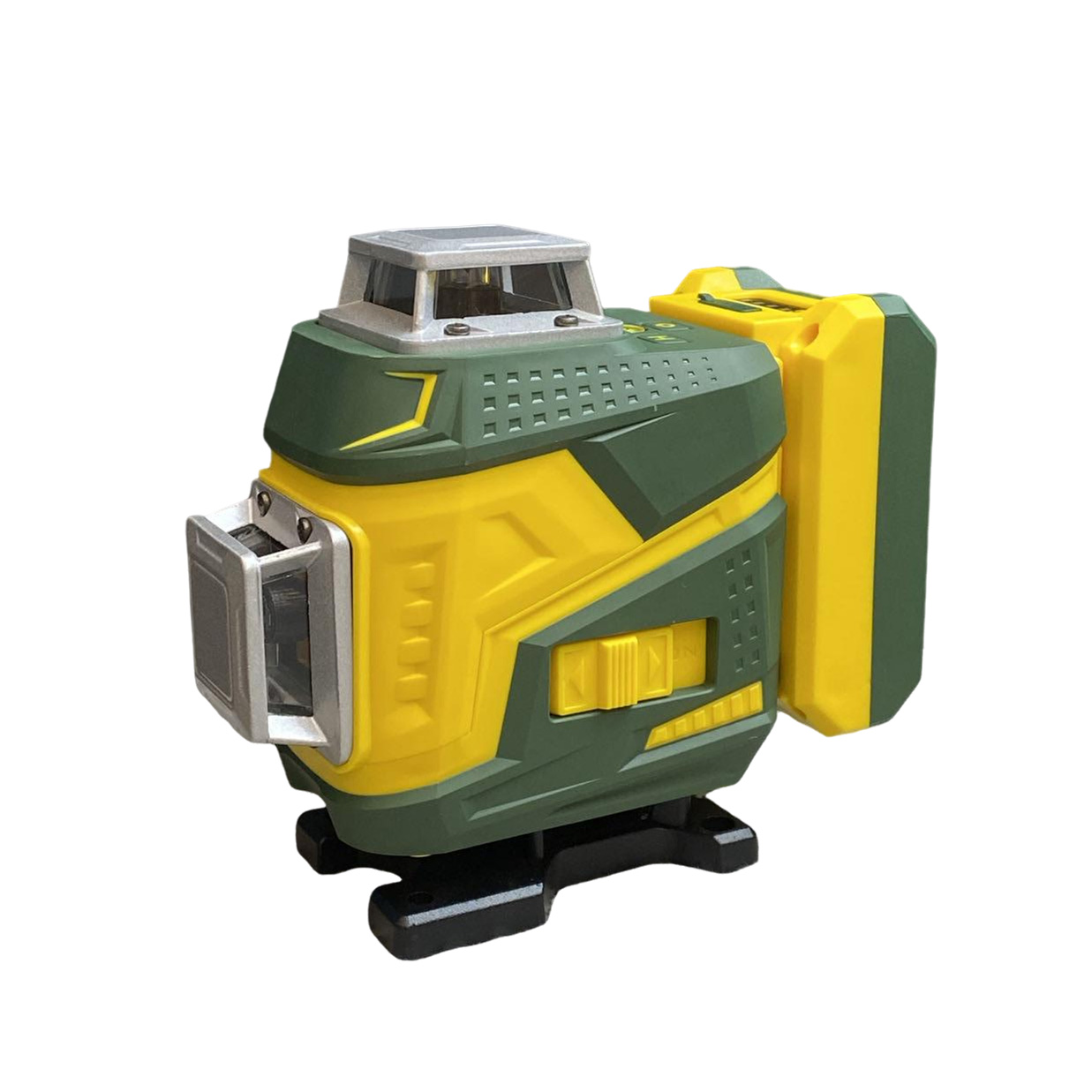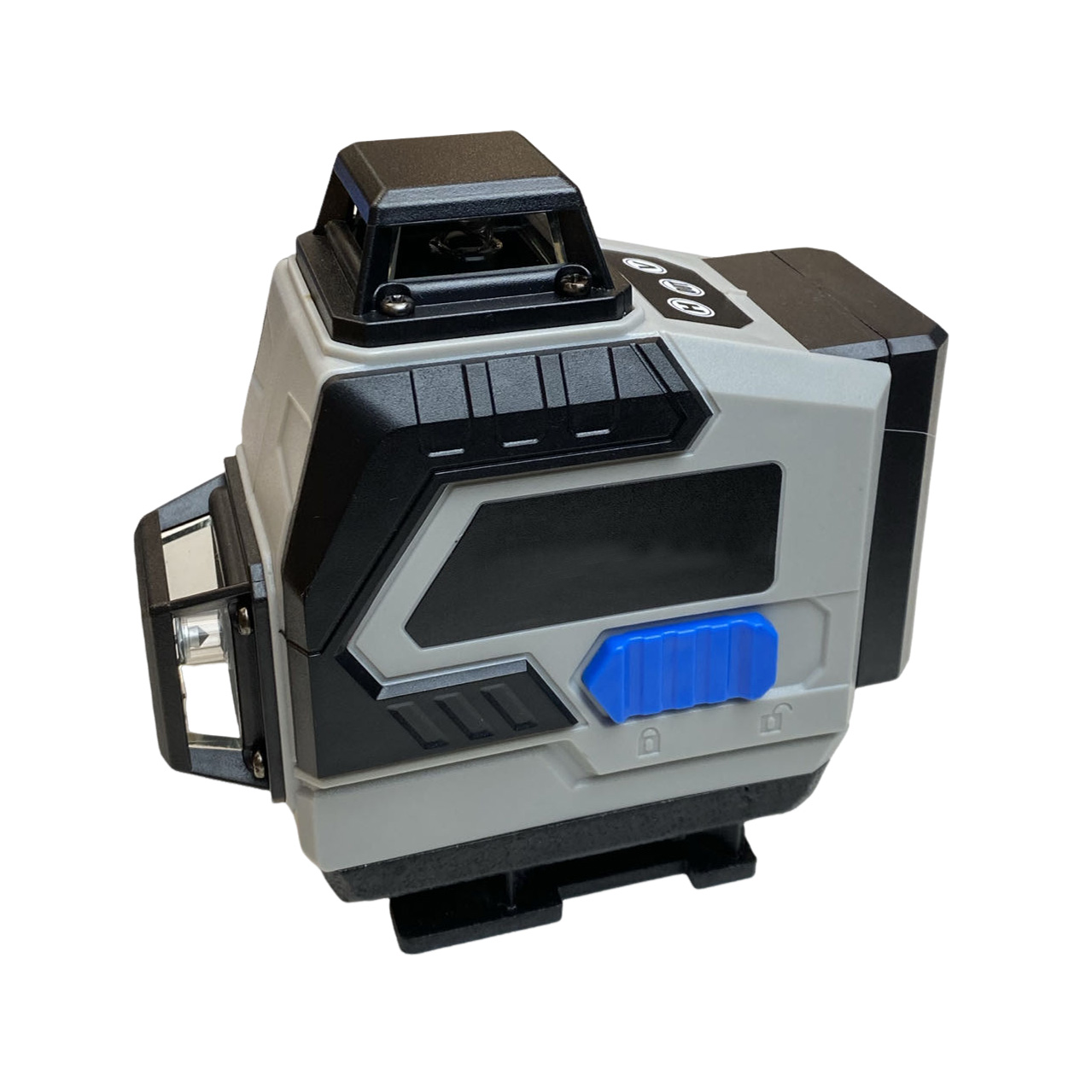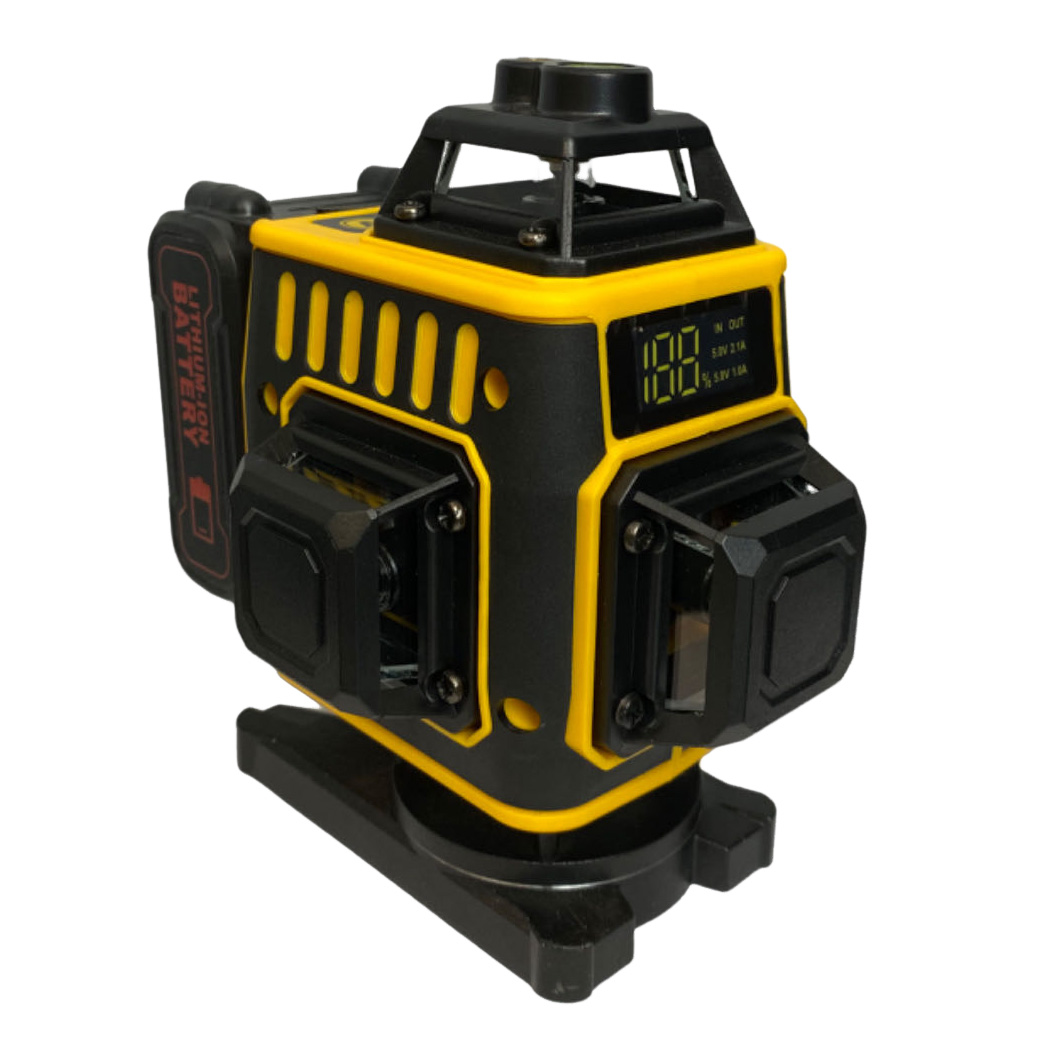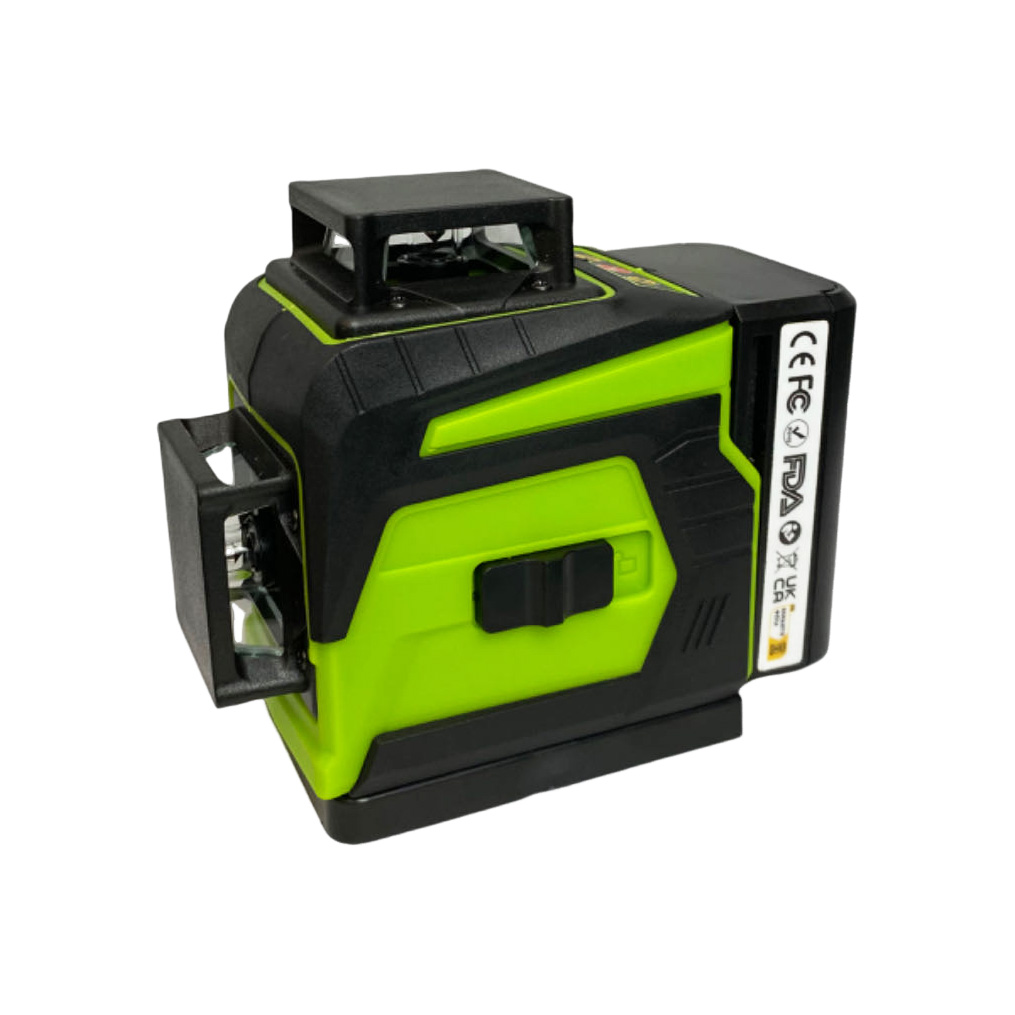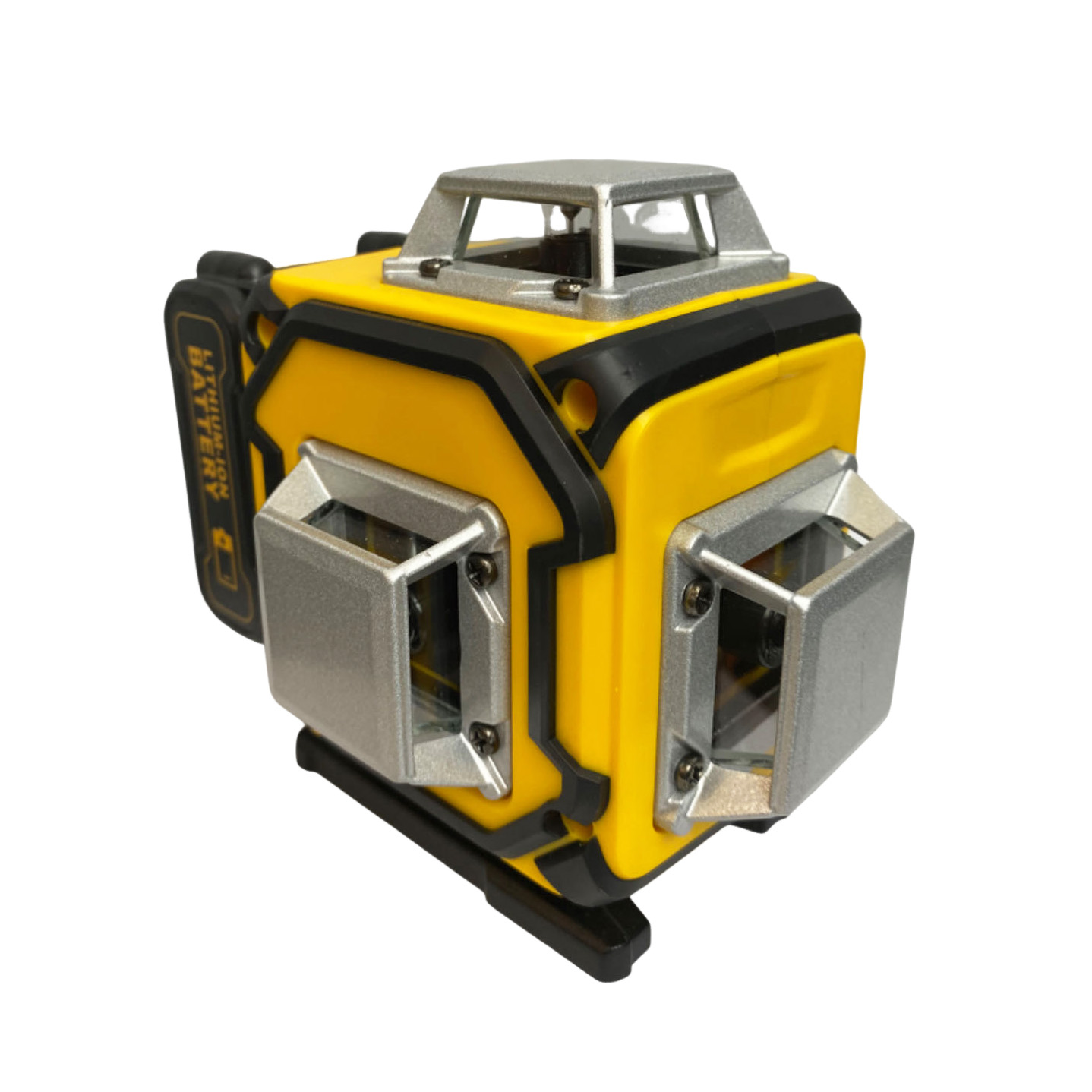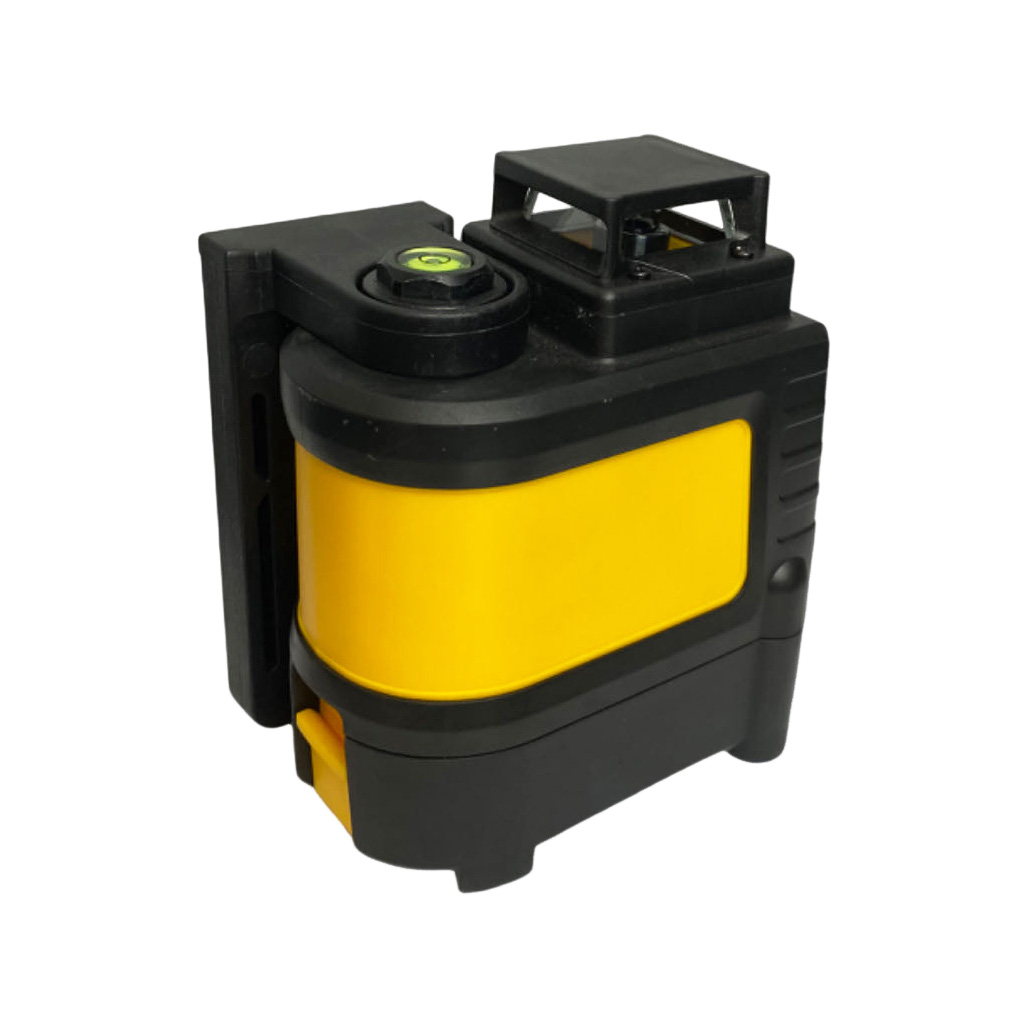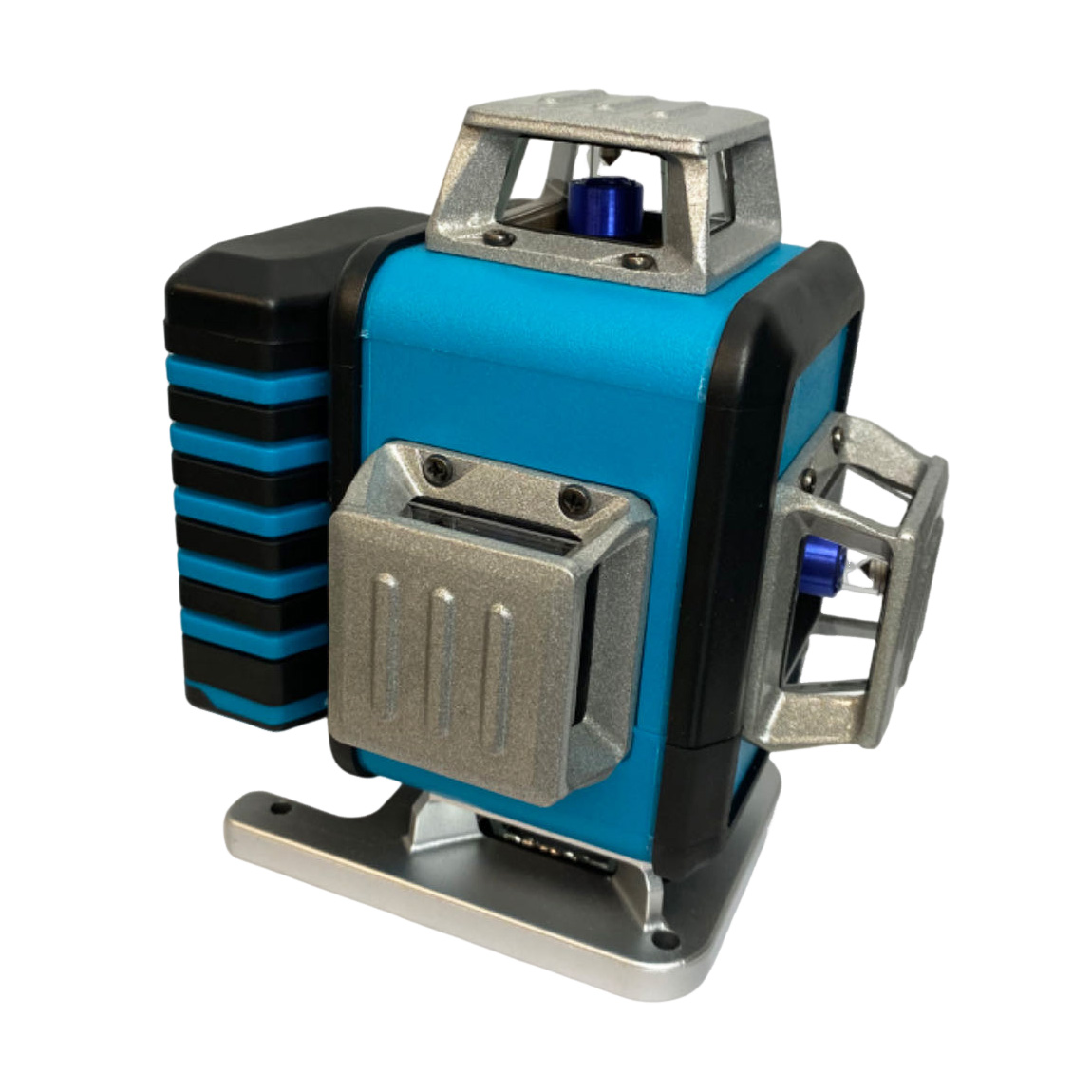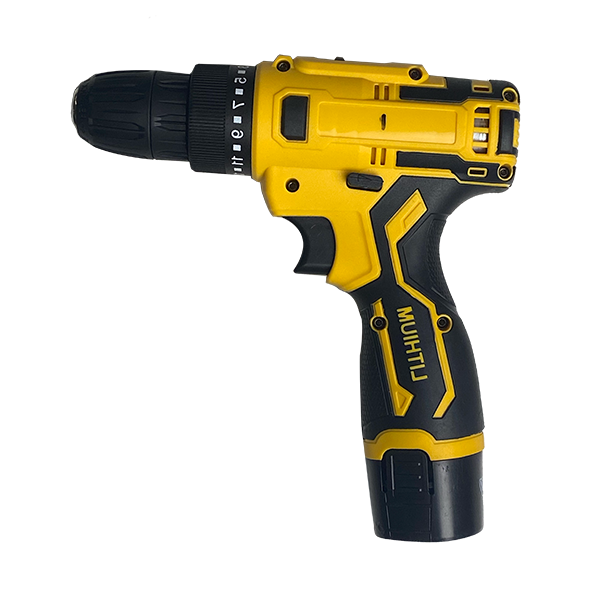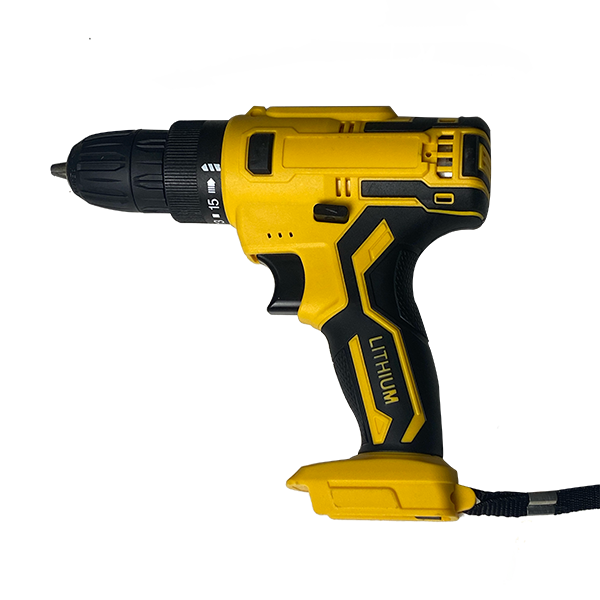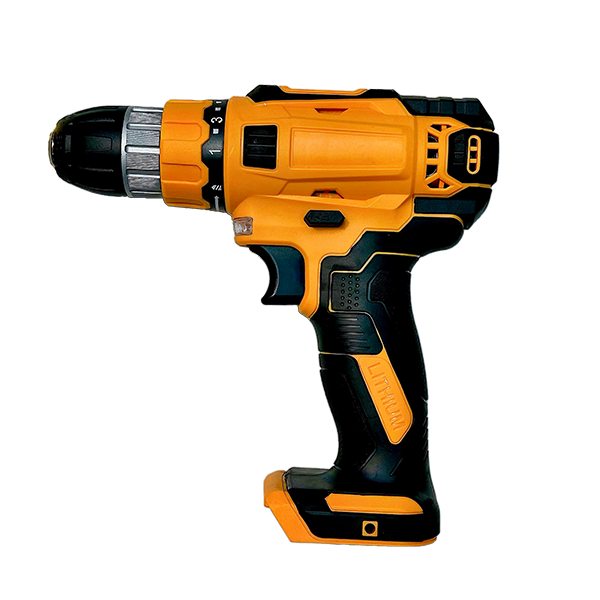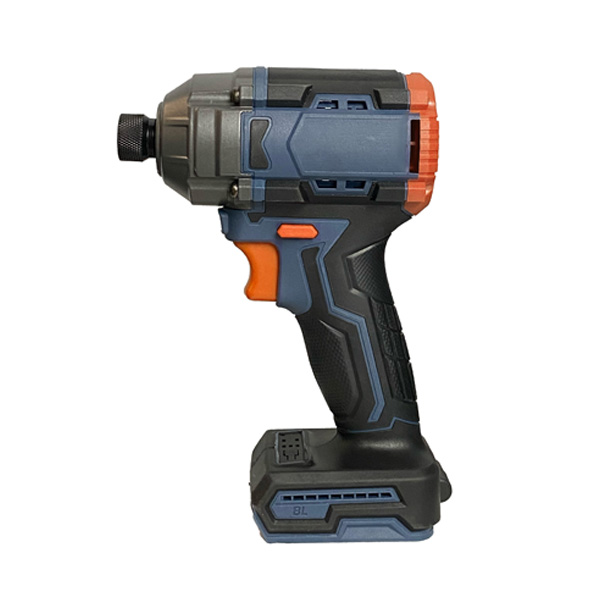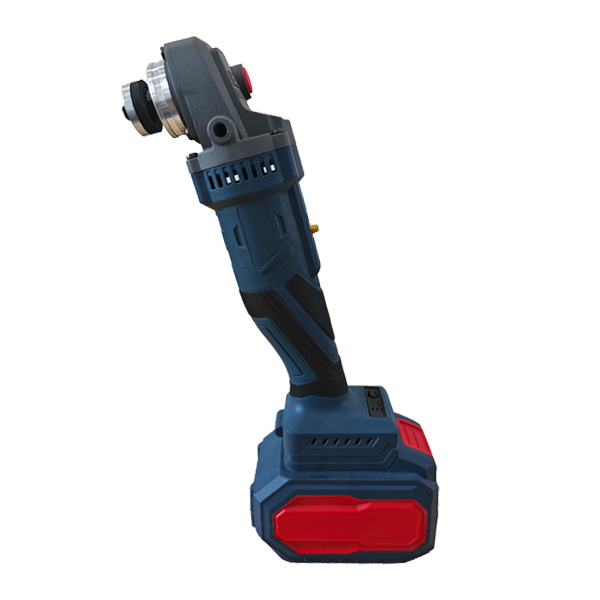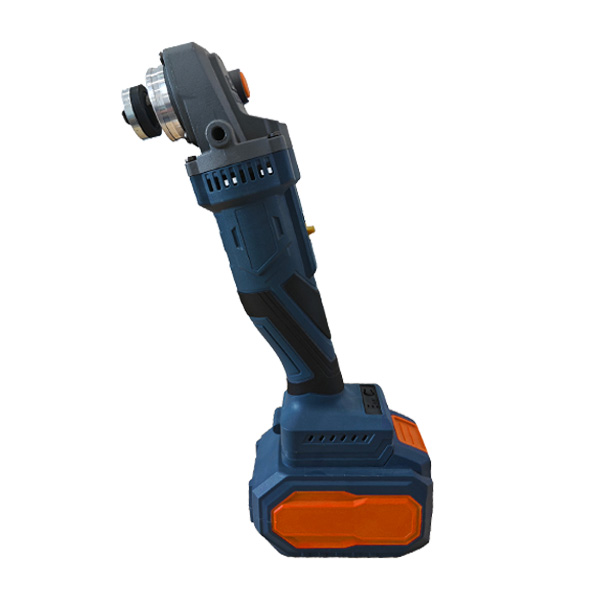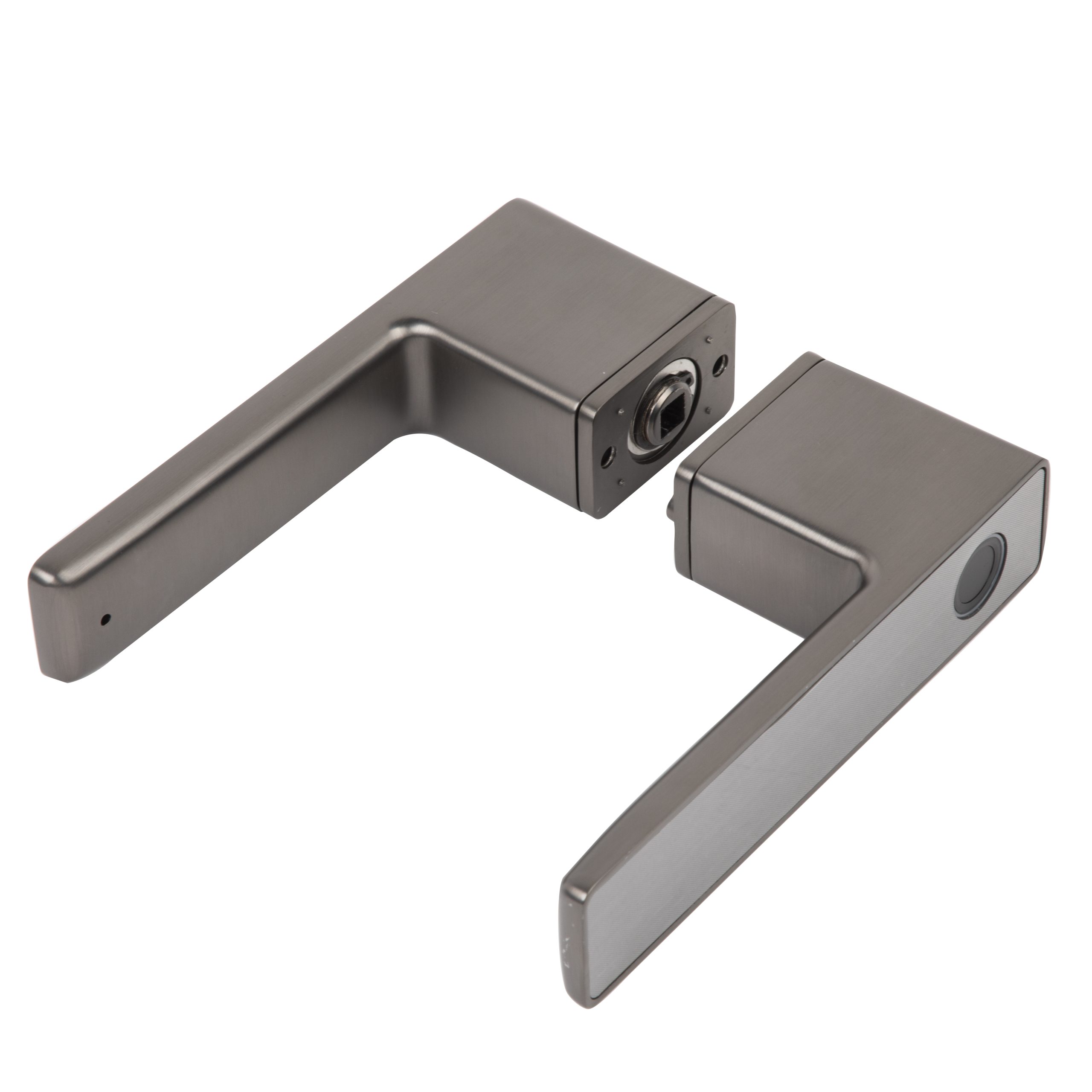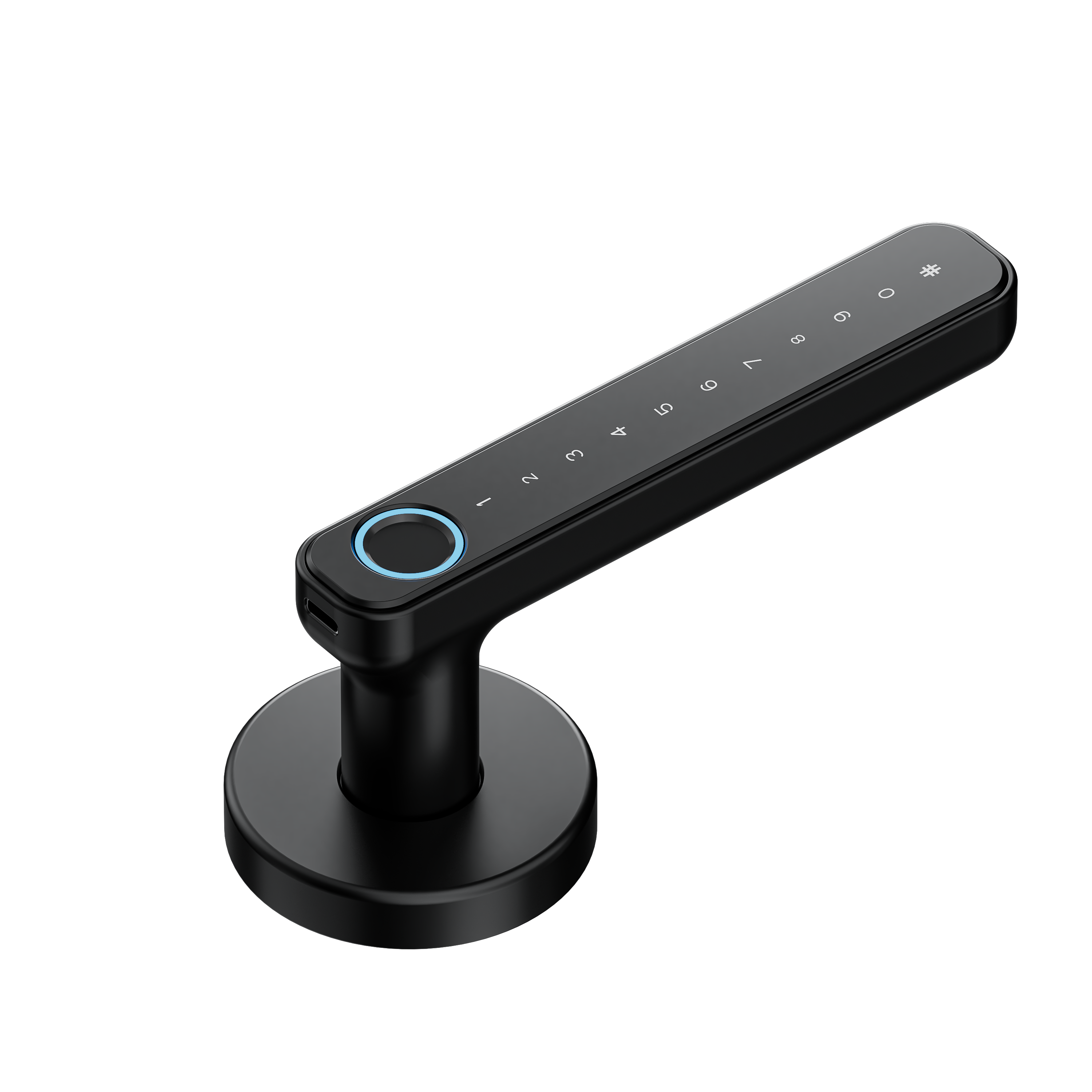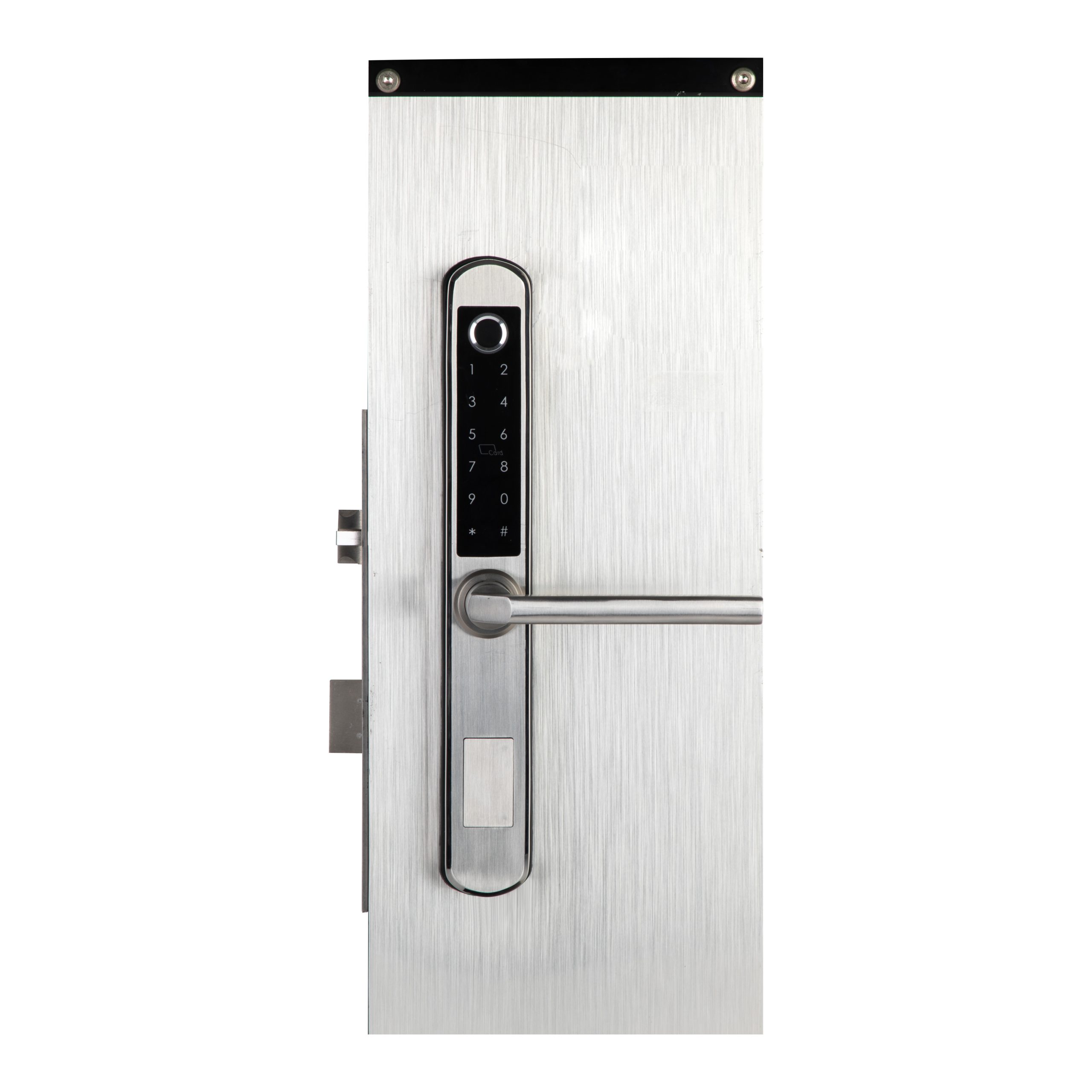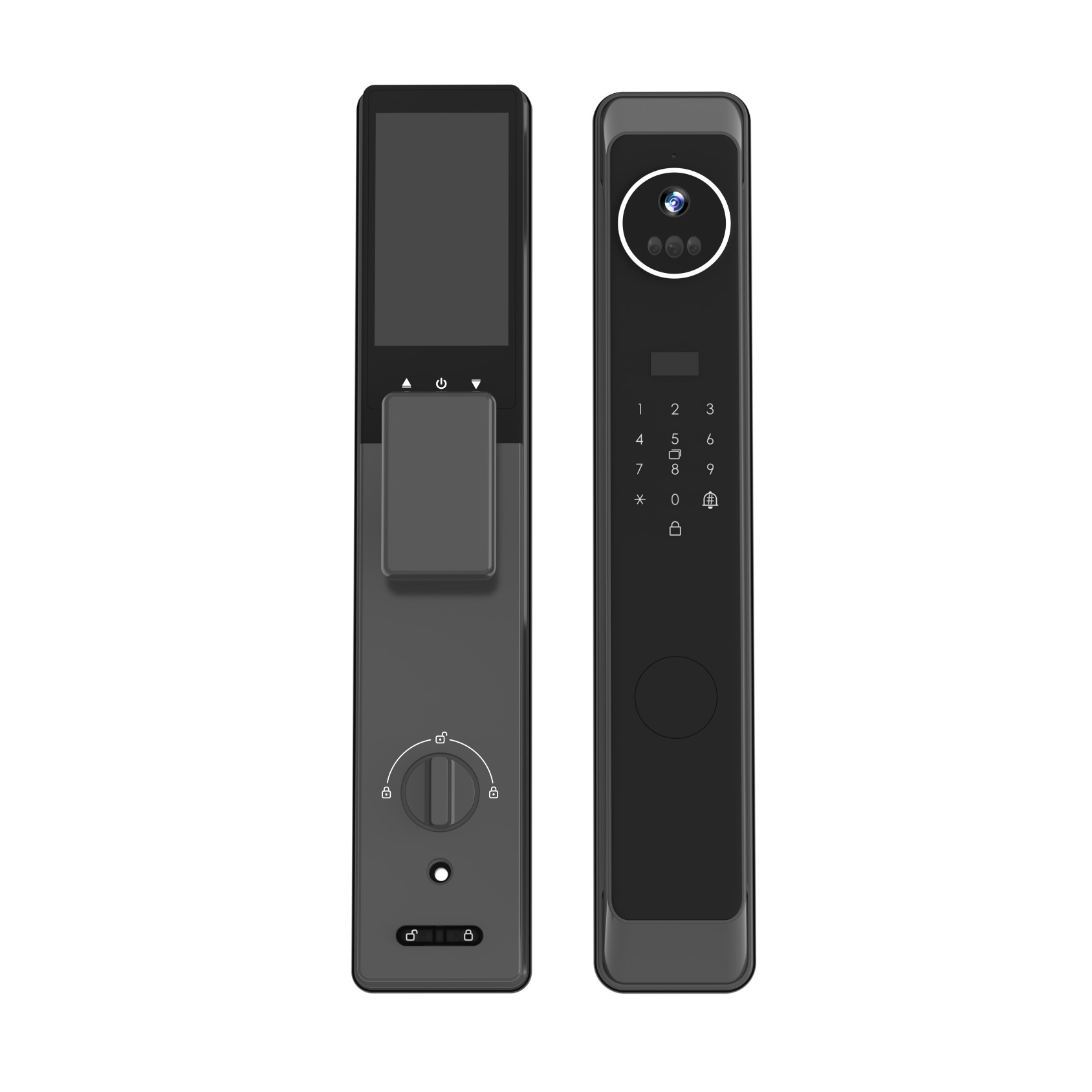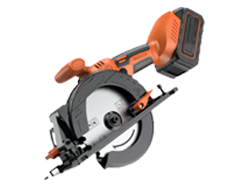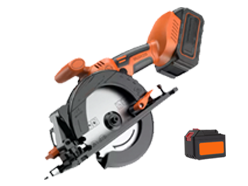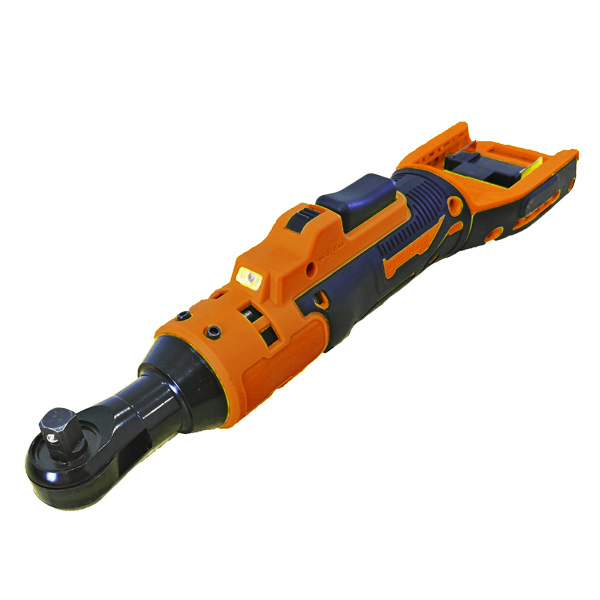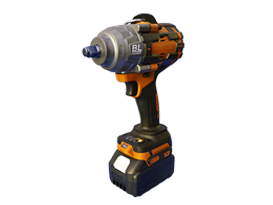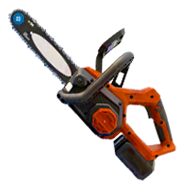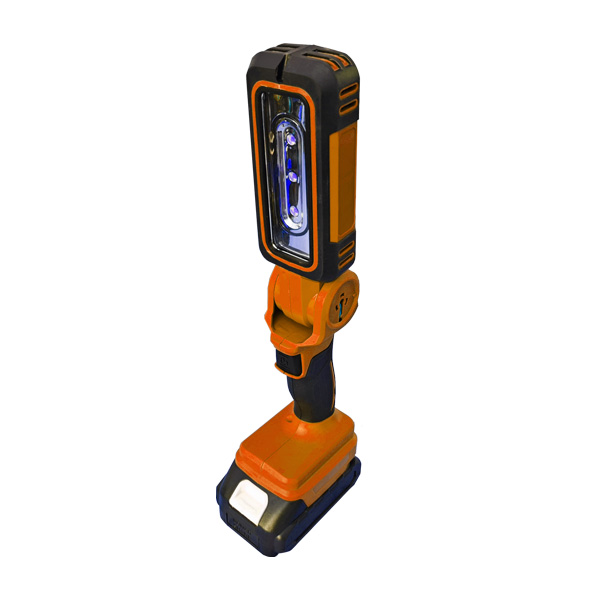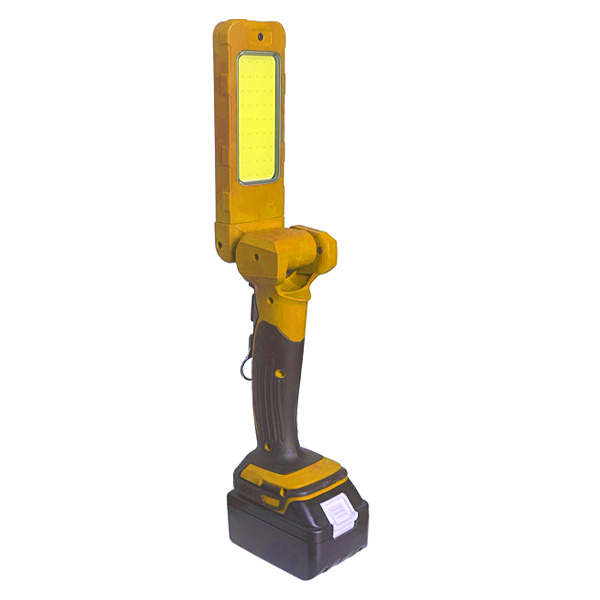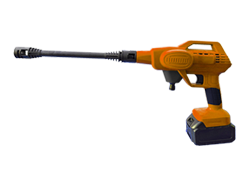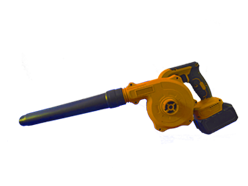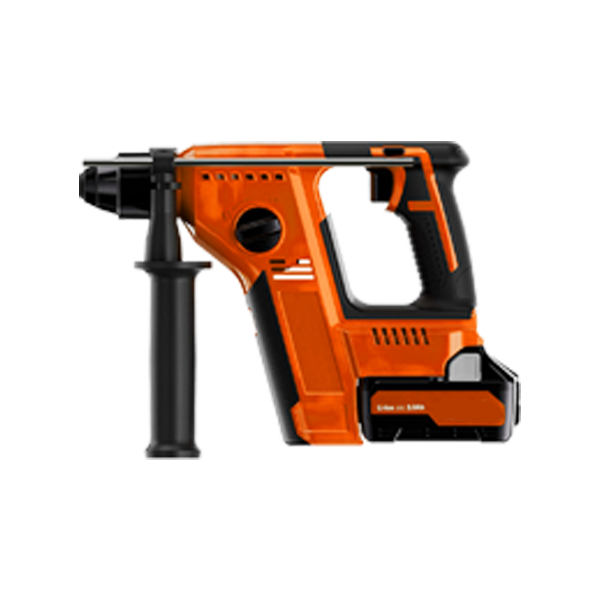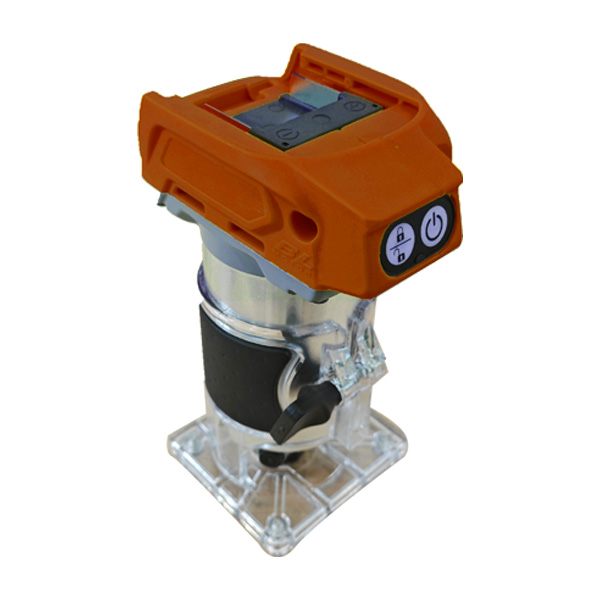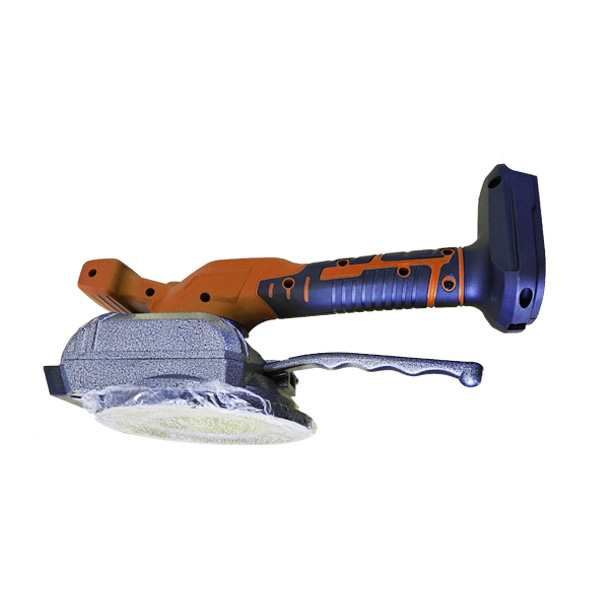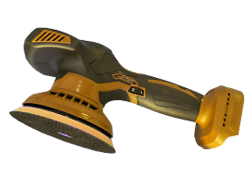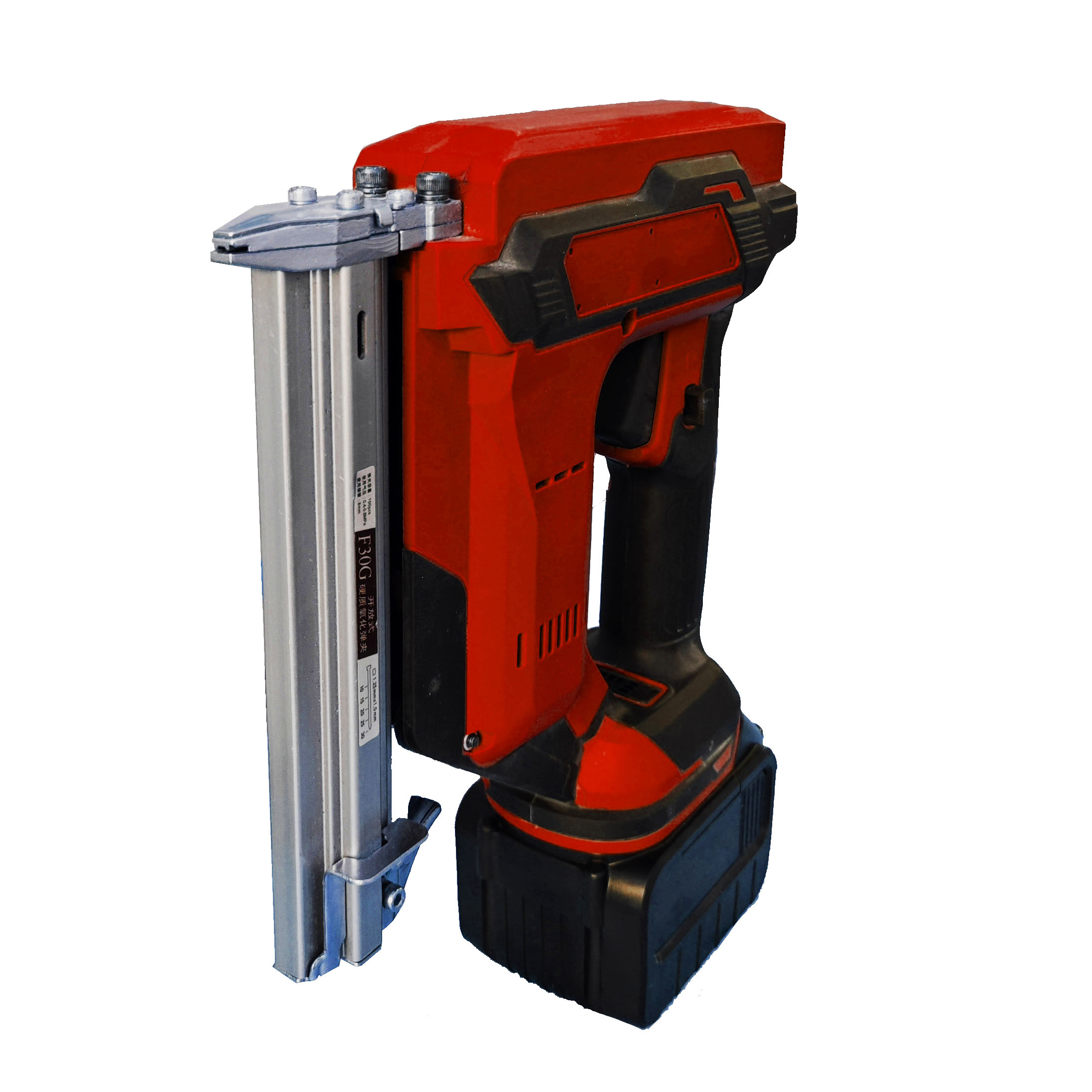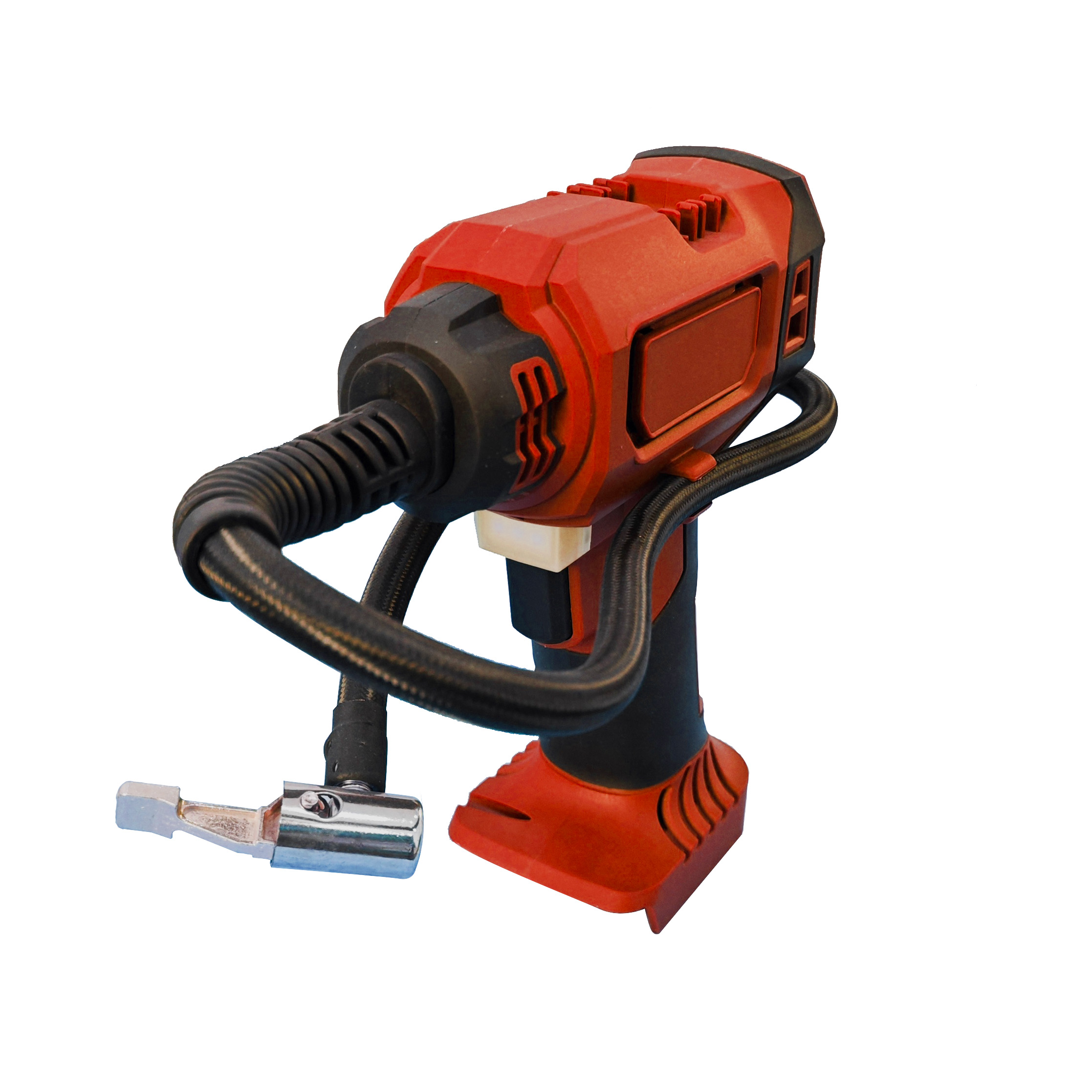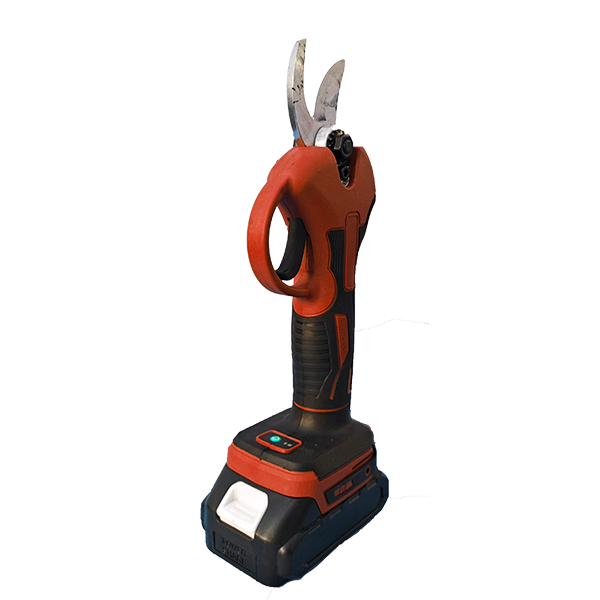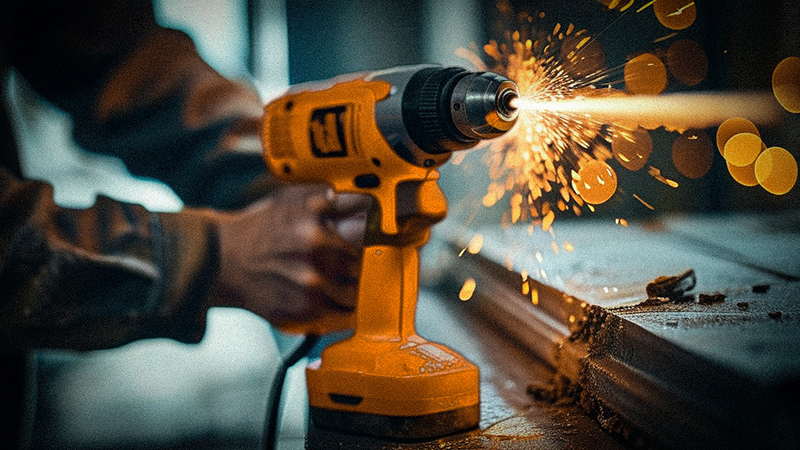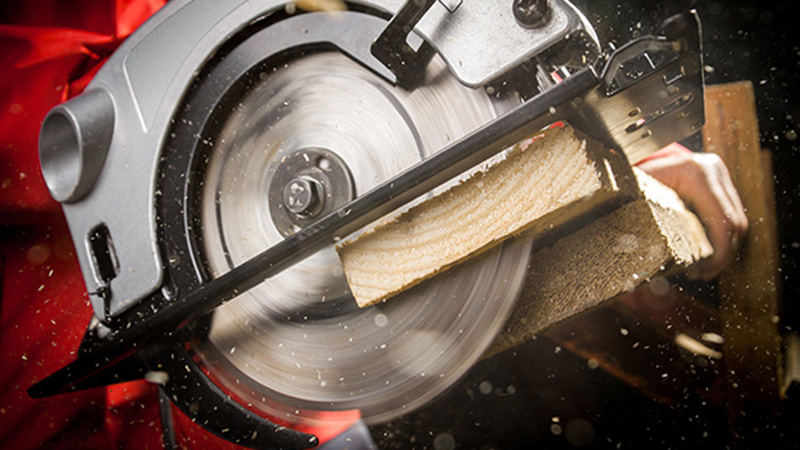Navigating the world of precision tools can be daunting, especially when it comes to advanced technologies like lasers. This article serves as your comprehensive entry-level guide to understanding lasers and, more specifically, laser levels. We'll demystify the science behind these tools and explore their practical applications, making this essential technology accessible to everyone from DIY enthusiasts to seasoned professionals. By understanding the fundamentals, you'll appreciate the accuracy and efficiency that laser levels bring to a wide range of tasks.
What Exactly is a Laser, and How Does Laser Technology Work?
At its core, a laser is a device that emits light through a process of optical amplification based on the stimulated emission of electromagnetic radiation. Think of it as a highly focused and concentrated beam of light. This isn't your ordinary light bulb glow; laser technology harnesses the principles of quantum mechanics to produce light with very specific properties. This light is monochromatic, meaning it consists of a single wavelength or color, and it's coherent, meaning the light waves travel in phase with each other. This coherence is what gives a laser beam its ability to travel long distances without spreading out significantly, making it incredibly useful for precise measurements and alignments.
The magic behind a laser happens within a gain medium, which can be a solid, liquid, or gas. Energy is pumped into this medium, exciting atoms to a higher energy level. When these excited atoms return to their lower energy state, they release photons, particles of light. Crucially, these photons stimulate other excited atoms to release photons of the same wavelength and phase. This cascading effect, known as amplification, intensifies the light. Mirrors at either end of the gain medium create an optical resonator, bouncing the light back and forth, further amplifying it until a powerful laser beam is emitted.
What are the Fundamental Principles of Optics that Make Lasers and Laser Possible?
The field of optics, the study of light behavior and properties, is fundamental to the existence and operation of lasers and laser systems. Several key concepts of physics and optics come into play. Reflection, refraction, and diffraction describe how light interacts with different materials and surfaces, crucial for designing the mirrors and lenses within a laser. The wave nature of light, particularly the concepts of interference and coherence, explains why laser light is so unique and can be focused into a tight beam.
Furthermore, the principles of quantum mechanics are essential for understanding lasers. The concept of energy levels within atoms explains how light is absorbed and emitted. Stimulated emission, the core process in a laser, is a quantum mechanical phenomenon where an incoming photon can trigger an excited atom to release another photon identical to the first. Understanding these optics principles is essential for comprehending how a laser achieves its unique properties and how those properties are harnessed in various applications, including the incredibly useful laser level.
Delving into the Science: Understanding Lasers and Their Unique Properties
To truly grasp the power of a laser, it's important to delve deeper into the science behind understanding lasers. The monochromatic nature of laser light, its single, pure color, is a direct result of the specific energy transition within the gain medium. This contrasts sharply with white light, which is a mixture of many different wavelengths. The coherence of laser light, where all the light waves travel in perfect step, is what allows for the creation of a tightly focused laser beam. This coherence enables lasers and laser levels to project clear and distinct lines or dots over significant distances.
Consider the concept of amplification again. The optical resonator, formed by the mirrors, acts like an echo chamber for light. Photons bounce back and forth, stimulating more emission and building up the intensity of the laser beam. This amplification process is what allows even small devices like diode lasers to produce a visible and useful beam. The specific design of the optical resonator and the choice of gain medium determine the wavelength, power, and other characteristics of the emitted laser. This intricate interplay of optics and quantum mechanics is what makes the laser such a remarkable invention.
What are the Different Types of Laser Available, From Basic to Advanced?
The world of laser types is vast and diverse, with each type tailored for specific applications. At the simpler end, you have diode lasers or semiconductor lasers, compact and efficient, commonly found in barcode scanners, laser pointers, and, importantly, laser levels. These laser diode devices are relatively inexpensive and easy to manufacture. Moving up in complexity are gas lasers, such as carbon dioxide lasers, which are powerful and used in industrial cutting and welding. Excimer lasers, utilizing rare gases, are crucial in medical procedures like LASIK eye surgery.
Solid-state lasers, like neodymium-doped yttrium aluminum garnet (Nd:YAG) lasers, are known for their high power and are used in various industrial and scientific applications. Fiber lasers, a more recent development, offer high efficiency and beam quality, making them ideal for cutting, welding, and marking. There are also tunable lasers, which can emit light over a range of wavelengths, valuable for spectroscopy and scientific research. Understanding these different types of laser helps to appreciate the wide range of applications that laser technology enables.
Specifically, What are Laser Level Types, and How Do They Differ?
When it comes to practical applications in construction, DIY, and surveying, laser level types are essential tools. These devices project a laser beam, often red or green, to create a precise horizontal or vertical reference line. The most common types include line lasers, rotary lasers, and dot lasers. Line lasers projects one or more fixed lines onto surfaces, making them ideal for tasks like hanging pictures, installing shelves, or aligning tiles. These can project one or more fixed lines simultaneously for increased efficiency.
| Laser Level Type | Description | Typical Applications |
|---|---|---|
| Line Laser | Projects fixed horizontal and/or vertical lines. | Hanging pictures, installing shelves, aligning tiles. |
| Rotary Laser Level | Projects a 360-degree horizontal or vertical plane. | Large construction sites, landscaping, setting foundations. |
| Dot Laser | Projects a single dot or multiple dots. | Plumbing, electrical work, transferring points. |
Rotary laser level units project a 360-degree laser beam, creating a level plane around the device. This is incredibly useful for large construction sites, landscaping projects, and setting foundations. Dot lasers project a single dot or multiple dots, often used for transferring points, plumbing, and electrical work. The choice of laser level types depends on the specific task and the required level of precision and coverage. Many laser levels combine different functionalities, offering both lines and dots for increased versatility. The color of the laser, typically red or green, also plays a role, with green lasers often being more visible, especially in bright conditions.
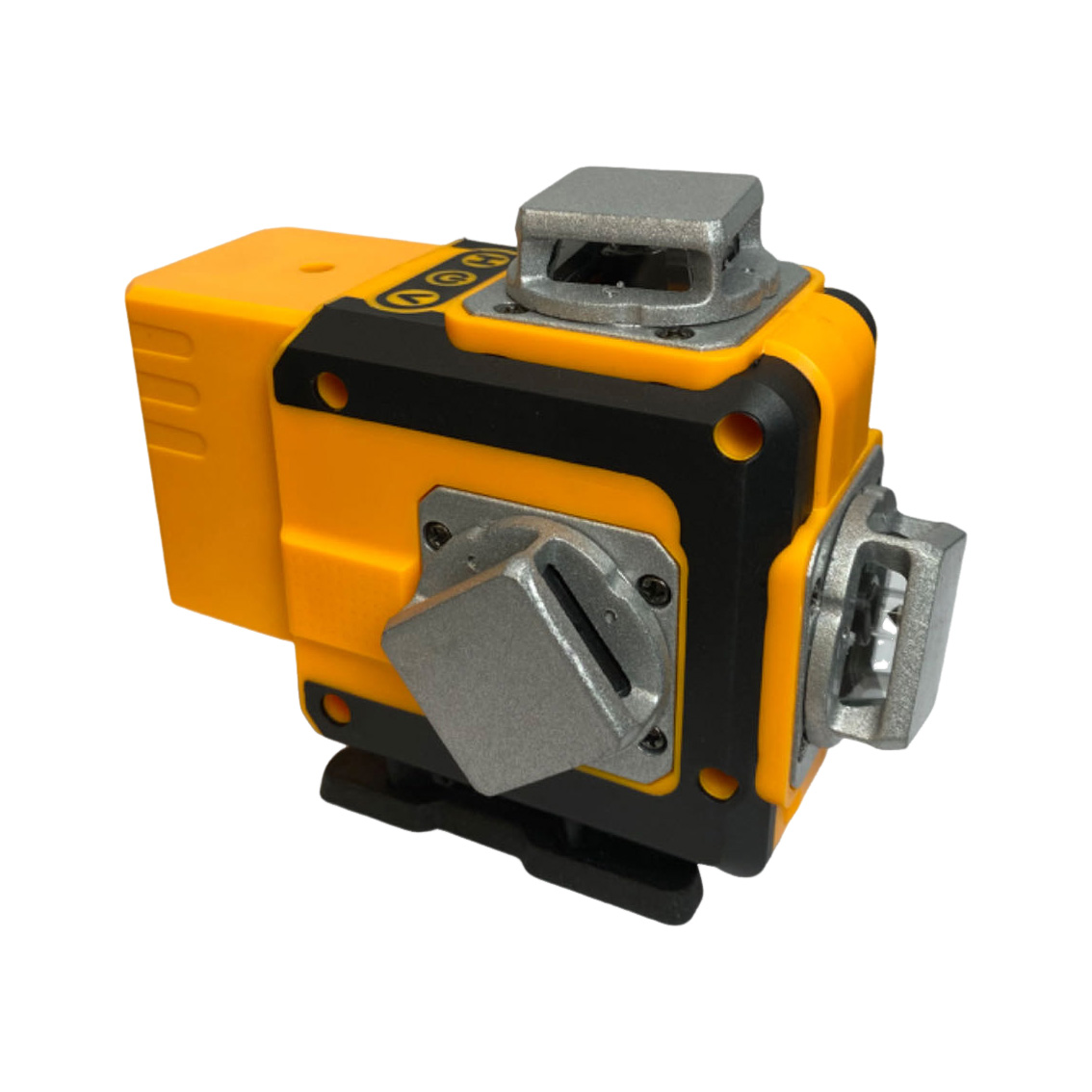
How Do You Effectively Use a Laser Level for Various Applications?
Knowing how to use a laser level correctly is crucial to achieving accurate results. The basic principle involves positioning the laser level on a stable surface or a tripod and allowing it to self-level. Most modern laser level devices have a self-leveling mechanism that ensures the projected line or plane is perfectly horizontal or vertical. For line lasers, simply position the device and the laser beam will project fixed lines or dots along the desired surface. For rotary lasers, ensure the unit is securely mounted, and the rotating beam will create a level plane that can be detected with a detector, especially for outdoor use.
When using laser levels outdoors or in brightly lit environments, a laser detector is often necessary to see the laser beam clearly. The detector emits an audible or visual signal when it intercepts the laser line or plane. Always ensure the laser level is calibrated and in good working order for accurate measurements. For tasks requiring vertical alignment, some laser levels can be rotated to project a vertical line. Understanding the specific features and functions of your laser level model is key to using it effectively for a wide range of leveling and aligning tasks. Using a tripod can significantly improve stability and accuracy, particularly over longer distances.
Considering Expert Insights: What Does Jeff Hecht, a Renowned Optics Expert, Say About Lasers?
To gain a deeper understanding of lasers, consulting the work of experts like Jeff Hecht is invaluable. Jeff Hecht, a respected authority in the field of optics and a contributing editor to Laser Focus World, has authored several books that provide comprehensive insights into the history and technology of lasers. His book, "Understanding Lasers: An Entry-Level Guide," now in its fourth edition, offers an essential guide and introduction to the subject. This expanded fourth edition includes new sections on laser applications and advancements.
Jeff Hecht's expertise provides a valuable perspective on the evolution of laser technology and its impact on various industries. As a contributing editor to laser focus and formerly editor to laser focus world, his writing bridges the gap between complex scientific concepts and accessible explanations. His work is often cited in the IEEE spectrum, highlighting his significant contributions to the field. His insights are crucial for anyone seeking a comprehensive understanding of what a laser is and how it works. His book serves as an essential for understanding lasers and explains the fundamental principles in a clear and engaging manner. He explains how lasers operate and their diverse applications, from telecommunications to medicine.
<img src="https://www.savagetools.net/wp-content/uploads/ai-drawing-1725872092521.jpg" alt="Laser Level SG-LL16-MK2">Beyond the Basics: Exploring the Diverse Applications of Using Laser Levels
While primarily known for construction and DIY projects, the applications of using laser levels extend far beyond these areas. In landscaping, they are used to ensure proper grading and drainage. Interior designers use them to hang artwork and create visually appealing layouts. Even in scientific research, precision alignment with laser levels is crucial for setting up experiments. The ability to project a precise and consistent reference line makes them invaluable in any situation requiring accurate alignment.
For instance, installing drop ceilings becomes significantly easier with a laser level, ensuring that the grid is perfectly level across the entire room. When building decks or fences, laser levels guarantee that posts are aligned and at the correct height. The efficiency and accuracy offered by laser levels save time and reduce errors, making them a worthwhile investment for both professionals and hobbyists. The versatility of laser levels use is constantly expanding as technology advances, leading to new and innovative applications.
Comparing and Contrasting: Rotary Laser Level Versus Other Types
When choosing a laser level, understanding the differences between types is crucial. The rotary laser level, with its 360-degree beam, offers a significant advantage for tasks requiring leveling across a large area. Unlike line lasers that project fixed lines, a rotary laser creates a complete level plane, making it ideal for tasks like setting foundations, grading land, or installing suspended ceilings in large spaces. However, rotary lasers are typically more expensive and may require a detector for outdoor use.
Line lasers, on the other hand, are more compact and often less expensive, making them suitable for indoor tasks and smaller projects. They are easier to set up for simple leveling and alignment tasks. Dot lasers are specialized for transferring points and creating plumb lines, serving a different niche than the broader leveling capabilities of line and rotary lasers. The choice between a rotary laser level and other types depends heavily on the scale and nature of the projects you undertake.
Practical Tips and Tricks for Using Laser Levels Efficiently
To maximize the effectiveness of your laser level, consider these practical tips and tricks. Always use a stable base, such as a sturdy tripod, especially for rotary lasers and longer distances. Calibrate your laser level regularly to ensure accuracy. For outdoor use, always utilize a laser detector to make the beam visible. Understand the limitations of your specific laser level model, including its range and accuracy.
When working on uneven surfaces, use the self-leveling feature but be aware of its maximum tilt range. Avoid placing the laser level in areas with vibrations or strong winds, as this can affect the accuracy of the projected line. Store your laser level in its protective case when not in use to prevent damage. Familiarize yourself with the user manual to understand all the features and functions of your device. By following these simple guidelines, you can ensure accurate and efficient using laser levels for all your projects.
Key Takeaways:
- A laser produces a focused, coherent beam of light through optical amplification.
- Laser technology relies on principles of optics and quantum mechanics.
- Different types of laser exist, each with unique properties and applications.
- Laser levels are practical tools for precise leveling and alignment.
- Rotary laser levels offer 360-degree coverage for larger projects.
- Proper usage and maintenance are key to efficient and accurate results with a laser level.
- Experts like Jeff Hecht provide valuable insights into the world of lasers.
- Laser levels have diverse applications beyond construction and DIY.
- Choosing the right laser level type depends on the specific task.
- Using accessories like a tripod and detector can enhance the functionality of a laser level.
For more information on specific tools, check out our pages on the versatile Cordless Lithium Impact Wrench and the precise Laser Level SG-LL16-MX3. You might also be interested in our Cordless Lithium Brushless Drill.
Post time: 1 月-02-2025

